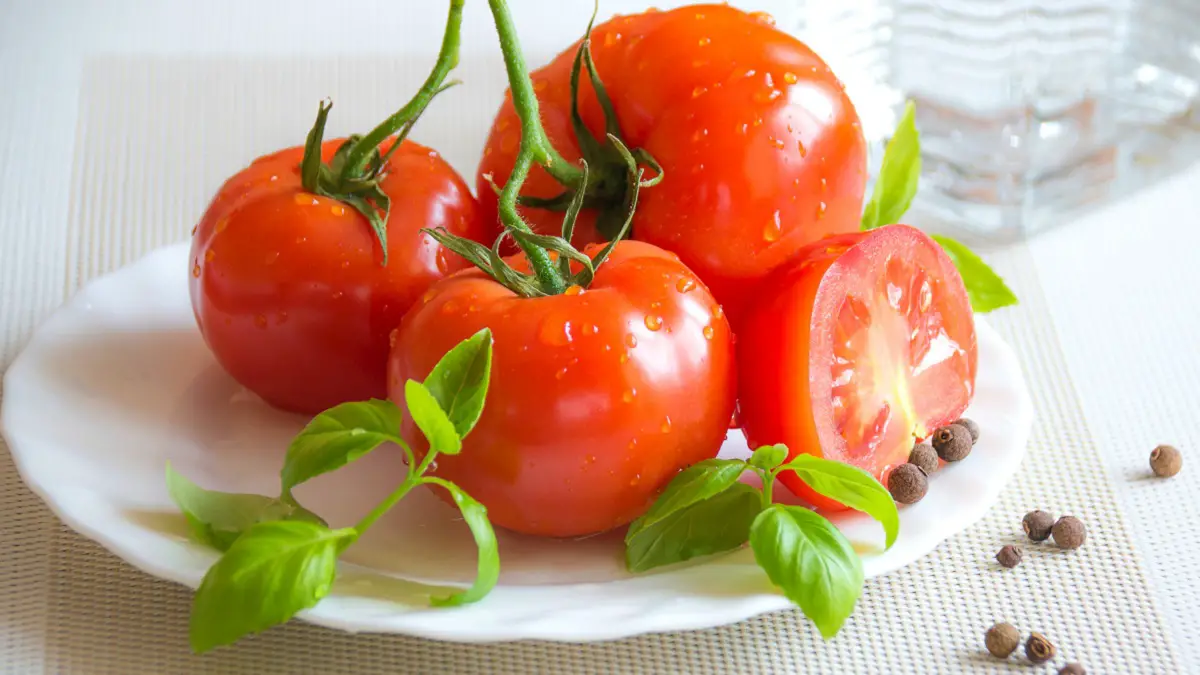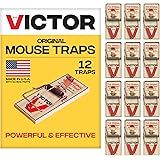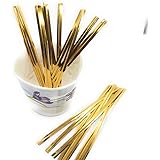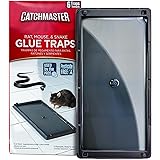Garden tone and tomato tone are great soil boosters that turn things around in your garden. But, you need to know what they contain and how and when to apply them to achieve the best results. So, garden tone vs tomato tone, which one should you use?
The main difference between garden tone and tomato tone is the use. The Garden tone is used on all vegetables, while the tomato tone is suitable for all tomato varieties. You can also add tomato tone to your squash and peppers. Both are natural organic top dressers.
Read on as we dig deeper into these two organic fertilizers so that you know how to apply them for the best yeilds.
Garden Tone Vs Tomato Tone: Which One Do You Use?
The fertilizer you use between the two depends on your current need. Garden tone and tomato tone are great natural organic foods for your plants and have various similarities. But, they vary in some perspectives.
Below, we look at their makeup, use, and application.
| Specification | Garden Tone | Tomato Tone | |
| Ingredients | Nitrogen (water-soluble) | 3% | 3% |
| Phosphate | 4% | 4% | |
| Potash | 4% | 6% | |
| Calcium | 5% | 8% | |
| Magnesium | 1% | 1% | |
| Sulfur | 2% | 3% | |
| Application | Add to the soil before planting.-7-10 days after planting-Apply once every month | Add to the soil before planting.-10-14 days after planting-Apply twice every month | |
| Uses | Vegetables (including tomatoes) and herbs-Cool season friendly crops-Semi-strong autumn and spring crops-Summer crops | All tomato varieties-Peppers-Squash-Melons |
Below, we’ll look into each of these fertilizers and how beneficial they’re to your plants.
Garden Tone
Garden tone is a prime plant booster ideal for herbs and vegetable gardens. It’s formulated from natural organic plant food ingredients and has no fillers or sludges components. Even so, some products have non-plant food ingredients. Hence, you need to check the label on the packaging if you want a purely organic fertilizer.
This fertilizer has an N-P-K ratio of 3-4-4, which comprises magnesia, sulfate of potash, greensand, bone meal, poultry manure, and alfalfa meal. The formulation provides 2.2% of slow-release nitrogen and is great for your plants because it doesn’t cause them to be bushy and unfruitful.
How Do You Use Garden Tone?
Use garden tone by applying it to the soil before planting and then in intervals throughout the growing season. These include 7-10 days after planting and once every month during the season. However, fertilizing herbs is only necessary during planting or when your previous season had a large harvest.
The different applications require varying amounts of this fertilizer, based on the plant’s growing place.
Pre-planting Garden Tone Application
There are three ways of applying garden tone before planting. These include:
- Vegetable garden soil preparation: Apply 3.5 lbs of garden tone on 50 sq ft soil and mix it thoroughly with 4-5 inches of the topsoil. Also, boost the mixture with equal parts of humus, compost, and peat moss for excellent results.
- Vegetable potted soil preparation: Add 2 cups of fertilizer into each cubic foot of potting soil for starter crops and mix them evenly.
- Herb soil preparation: Put 1 tablespoon of garden tone per seedling in a garden and one cup per cubic foot for potted herbs.
The garden tone addition during preparation gives your new plants a good kick-start due to its high nutritional value.
Established Plants Garden Tone Top Dressing
- Garden vegetables feeding: Apply up to ⅓ cup of garden tone per plant and ⅓ cup on each side of the plant per 5 ft or 10 lbs per 100 ft.
- Potted vegetables feeding: Evenly spread 1½ teaspoon garden tone per 4 inches pot diameter along the pot’s outer edge. Water adequately.
- Herb’s feeding: Add ½ tablespoon to each plant after planting and after a heavy harvest.
Garden tone application on growing vegetables and herbs replenishes the depleted nutrients. So, it ensures the healthy growth of your plants.
Also, following the application instructions written on the fertilizer packaging is advisable, as too much of it can burn your plants. Brown and yellow foliage and root damage are indicators of excess application of garden tone.
Benefits Of Garden Tone
The use of garden tone has many benefits, including the following.
- Boosts the growth of warm and cool-season vegetables such as squash, kale, and peppers.
- Promotes healthy growth herbs like rosemary, sage, and basil.
- Feeds your vegetables and herbs for a long time through its slow release.
- Encourages a massive harvest of flavorful and nutritious vegetables.
- Preserves the environment through its natural and organic nature.
Tomato Tone
Tomato tone is a top-notch natural organic top dresser enhanced to boost the excellent growth of all types of tomatoes. It’s also ideal for peppers, squash, and melons.
Having the 3-4-6 N-P-K formula, it contains 8% of calcium, making it ideal for blossom end rot prevention. Its composition includes poultry manure, bone meal, magnesia, potash, and greensand of 2.1%; it is slightly lower than its garden counterparts.
Moreover, this fertilizer is environmentally friendly because it contains no sludges or toxic ingredients.
How Do You Use Tomato Tone?
Use tomato tone prior to planting to increase the nutritional value of your soil and then at different stages of the plant’s life. Apply the fertilizer 10-14 days after planting and twice per month, evenly distributed during the entire growing season.
Like the garden tone, this fertilizer also has various application specifications depending on the stage of the plants and where they grow.
Pre-planting Tomato Tone Application
There are three tomato-tone application methods for various planting settings. They include:
- Tomato garden preparation: Apply 3lbs/9 cups of tomato tone in every 50 sq ft and mix it thoroughly with 4-6 inches of topsoil.
- Single tomato plant soil preparation: Add 3 tablespoons of fertilizer to the soil on which you intend to plant your tomato. Work on it properly before planting.
- Potted tomato soil preparation: Mix 2 cups of tomato tone with 1 cubic foot of potting soil or 1.5 tablespoons of fertilizer with 1 qt of soil.
Established Plants Tomato Tone Top Dressing
You need to feed your tomatoes on beds or pots. Here is how!
- Garden/bed tomato plant feeding: Evenly spread tomato tone (1 cup) on a 5 ft row on either side of your tomatoes.
- Single tomato plant feeding: Add 3 tablespoons of tomato tone to each plant.
- Potted tomato plants feeding: Apply 1.5 tablespoons of this fertilizer per 12 inches diameter pot or 1.5 teaspoons every 4 inches diameter pot.
You need to use the tomato tone more often than the garden tone. Why? To keep up with the vigorously growing tomato plants. While you apply garden tone once a month, you need to feed your tomato plants twice a month with the tomato tone till maturity. That comes after the first re-application 10-14 days after planting.
Benefits Of Tomato Tones
There are several advantages of using tomato tone for your tomato plants, including the following.
- Increases productivity of your tomatoes by encouraging more flowers.
- Enhances the healthy growth of your plants.
- Prevents blossom end rot through its 8% calcium component.
- Feeds the plants for an extended period through its slow release.
- Promote environmental preservation as it’s made of 100% organic and natural ingredients. It also contains no sludges or fillers.
FAQ
Can I Use Garden Tone On Tomatoes?
Yes, you can use garden tone on tomatoes. Apply it to the soil before planting your plants, 7-10 days after planting, and then once every subsequent month. Sadly, while the fertilizer benefits the tomatoes, it might not be the best for an optimum harvest.
What Does Tomato-Tone Do For Tomatoes?
The tomato tone nourishes tomatoes. It gives your tomatoes a safe, continuous, and well-balanced feeding, producing uniformly plump, juicy fruits. This fertilizer also ensures the soil’s nutrient content is kept in check.
Can Tomato-Tone Be Used On Other Plants?
Yes, tomato tone can be used on other plants. This fertilizer is safe for use on veggies and fruit crops. What’s more? You have to stick to the manufacturer’s instructions for the specific plant. It works best on plants such as peppers, eggplants, and beans, among others.
How Long Does Tomato-Tone Last?
The tomato tone lasts for about two years. This soil booster has special micro-organisms that may become non-effective if you fail to use the fertilizer within 24 months. But, some tomato tone elements can remain potent indefinitely.
Conclusion
Our discussion on garden tone vs tomato tone has made it clear that these natural and organic amendments are great soil boosters. Both are slow-release environmental-friendly fertilizers that enhance vigorous plant growth and fruit development and promote the overall health of your plants.
But, the composition of these two soil additives differs greatly. But, the key difference lies in their use. So, you need to be keen on the application instructions to know when, how, and where to use each of the fertilizers. What’s more? Tomato tone is used more often than the other one for optimum results.





